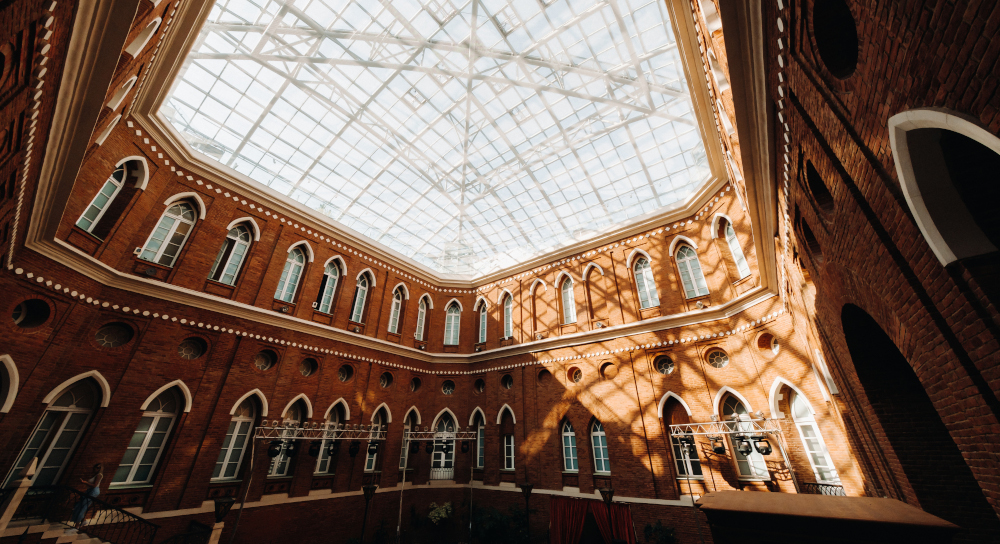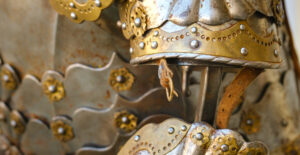
Gold is more than just a commodity in Africa, it’s a legacy. From the golden regalia of Ashanti kings to the intricate ornaments of Great Zimbabwe, Africa’s golden past tells a story of power, artistry, and cultural sophistication. Yet, many of these treasures now sit behind glass cases thousands of kilometres from their origin, under the guardianship of European museums.
As global conversations around cultural restitution grow louder, gold artefacts have become a focal point. These objects are not just relics of a colonial past; they are symbols of stolen identity, pride, and memory. For African nations, the return of golden heritage is more than repatriation, it’s a reclaiming of history and an assertion of self.
The Legacy of Africa’s Golden Artistry
Before colonial conquest reshaped the continent, African civilisations were producing gold works of remarkable complexity. The Benin Bronzes, many of which contain gold elements, the Ashanti gold weights and jewellery, and Mali’s famed gold currency are just a few examples of how deeply gold was embedded in African culture.
Gold served multiple roles, it was currency, spiritual medium, a diplomatic gift, and a signifier of royal status. In societies like the Kingdom of Mapungubwe or the Ashanti Empire, gold wasn’t just wealth, it was sovereignty. But with colonial expansion came extraction, both of people and resources. Entire collections of golden artefacts were looted or “acquired” under unequal terms. Today, these items form the centrepieces of galleries in Paris, London, Berlin, and beyond.
The global restitution movement has gained real momentum in recent years. High-profile returns of Benin Bronzes from Germany and the UK have reopened discussions about what it means to own cultural heritage. But gold adds a unique layer to this debate, it’s both an artefact and a precious material, tied to current value as much as historical.
Unlike paintings or sculptures, gold objects are often melted down, reworked, or hoarded, making their preservation, and their return, all the more urgent. When France returned 26 artefacts to Benin in 2021, it signalled a shift in the old narrative: one in which museums were permanent custodians, and colonial history was fixed. Now, African countries are asserting not just a right to these items, but a right to decide how their stories are told.
The challenge isn’t just getting these artefacts back, it’s about where they go once they return. Many critics have questioned whether African nations have the infrastructure or resources to house and conserve these items. But this argument is increasingly being challenged. Across the continent, museums are evolving. The upcoming Edo Museum of West African Art in Nigeria, the refurbished National Museum of Mali, and South Africa’s Iziko Museums are redefining what African curation looks like.
African historians, curators, and communities are reclaiming the authority to interpret their own pasts, moving away from the colonial lens through which many golden artefacts were once viewed.
Gold and National Identity
 For many African countries, the return of gold artefacts plays directly into modern nation-building. These items are tangible links to precolonial governance, indigenous knowledge systems, and artistic excellence.
For many African countries, the return of gold artefacts plays directly into modern nation-building. These items are tangible links to precolonial governance, indigenous knowledge systems, and artistic excellence.
In Ghana, for example, the Ashanti kingdom still holds annual ceremonies where gold regalia is central. It’s not museum decor, it’s living heritage. When pieces are repatriated, they don’t just fill display cases, they restore a cultural continuum interrupted by colonisation.
In post-apartheid South Africa, too, gold has become both a historical symbol and a modern economic pillar. Museums like the Gold of Africa Museum in Cape Town (before its closure) explored how gold shaped indigenous craftsmanship, colonial exploitation, and contemporary identity.
Returning gold artefacts is rarely straightforward. Many institutions still resist on legal or conservation grounds. Others claim that objects were acquired legally, despite the deeply uneven power dynamics of the time.
Even when museums agree in principle, the logistics are complex. Fragile items require expert handling, transport costs can be significant, and questions of rightful ownership can be politically sensitive, especially when items originate from now-fragmented precolonial entities.
But the upside is powerful. Restitution can catalyse museum reform, drive cultural tourism, and inspire local artisanship. When artefacts come home, they don’t just preserve the past, they spark new conversations, new creations, and new confidence.
New Narratives for a New Generation
As Africa’s youth connect with their heritage in digital, dynamic ways, the return of golden artefacts presents a chance to reframe history. Through augmented reality, interactive museum exhibits, and local storytelling initiatives, repatriated pieces can live again, not as distant relics, but as vibrant links to the present.
Already, initiatives like Google’s “Arts & Culture” collaborations with African museums are bringing digital replicas of gold artefacts into classrooms and homes. But there’s no substitute for physical presence. Seeing a gold staff or crown in its place of origin, with its story told by its people, is a powerful experience that digital surrogates can’t replicate.
There’s also an economic dimension to this movement. Countries receiving artefacts are well-positioned to build cultural tourism economies around them. Egypt’s new Grand Museum, for instance, expects millions of visitors each year, drawn partly by its wealth of gold artefacts, including the famed treasures of Tutankhamun.
African nations can also foster local design and gold craftsmanship industries by reintroducing historical methods and motifs through museum collaborations, residencies, and cultural festivals. Rather than a nostalgic return, repatriation becomes a springboard, linking past excellence to future opportunity.
Gold has always been more than wealth in Africa, it has been meaning, memory, and identity. As nations continue to call for the return of golden heritage, they are not merely asking for artefacts. They are demanding the right to tell their own stories, on their own terms.
The future of African gold lies not only in mines or markets, but in museums, classrooms, and public spaces where the past meets the present. Repatriation, if done thoughtfully, is not just about history, it’s about healing, empowerment, and a future where Africa’s narrative is written from within.



